The Huawei Mate 20 Pro is Huawei’s follow up to last year’s flagship Mate 10 Pro. Once again the brand has packed the device with the latest hardware and best new features. In fact, the amount of features the device has is staggering. It sure looks fantastic on paper, but a device is so much more than a collection of specs.
Overview
The crown jewel of the device is the 6.39-inch OLED FullView display, rocking a 19.5:9 ratio, HDR support, and a 3120×1440 resolution. The sides are sharply curved, much like modern Samsung devices. There’s barely any chin, but there is a massive notch.
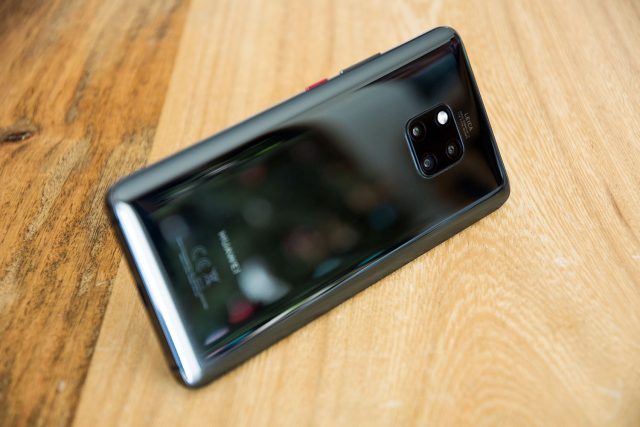
The notch houses Huawei’s 3D Face Unlock tech, which is similar to Apple Face Unlock. It creates a 3D scan of your face and is a lot more secure than simple camera-based face unlock. Thankfully you can “disable” this notch by blacking out the status bar. You lose no screen real estate, as the status bar stay sin place but the black background on the OLED display looks seamless.
The back houses one of the device’s strong suits; the Leica triple camera system. Arranged in a cube, this includes a 40MP main sensor, a 20MP wide angle sensor, and an 8MP optically stabilized 3x telephoto sensor along with a dual tone flash.
The rest of the back is a slab of glass. While there are many colors available, the Midnight Blue and Emerald Green models come with something called a Hyper Optical Pattern. This is an array of tiny bumps molded into the glass, giving you more grip and helping preventing fingerprints without giving up the premium build of glass. This is a great addition, as I’ve touched on in my editorial on glass backs. The extra grip is definitely appreciated in such a large phone. It feels smooth but makes an impact. The colors, which flow and change with light an angle, are gorgeous as well. The black model has a deep black chrome look, like a dark mirror.
On the right side of the glossy blue aluminum frame you’ll find your volume rocker and power button. The red power button really stands out and somehow makes the device feel a lot more special. It just looks so good!
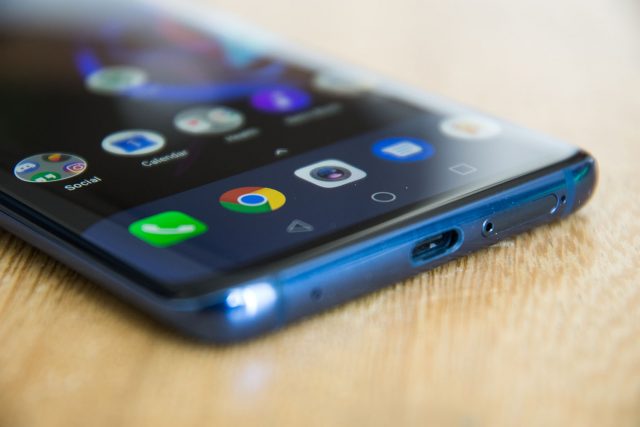
On the bottom you’ll find the USB-C port and SIM tray. Inside the SIM tray is two SIM slots, though one can be used for a proprietary Huawei Nano Memory card. yes it’s even smaller than a microSD (it’s the same shape and size as a nano SIM), but the use of proprietary storage is frustrating. But with 128GB of internal storage, you likely won’t need it.
One thing missing from the bottom is a speaker grill. This is because Huawei integrated it into the USB-C hole, cleaning up the frame a bit. It’s a unique design choice with no major downsides, as even when a cable is plugged in, the sound isn’t muffled and barely drops in volume. The speaker itself is merely mediocre; the volume is great but it’s tinny and sharp.
Another thing missing is a headphone jack, but you expected that. Huawei’s audio over USB method is odd though, as the device seems to have an integrated DAC and does analog audio though the port. This can create some incompatibility with some audio accessories.
Hardware
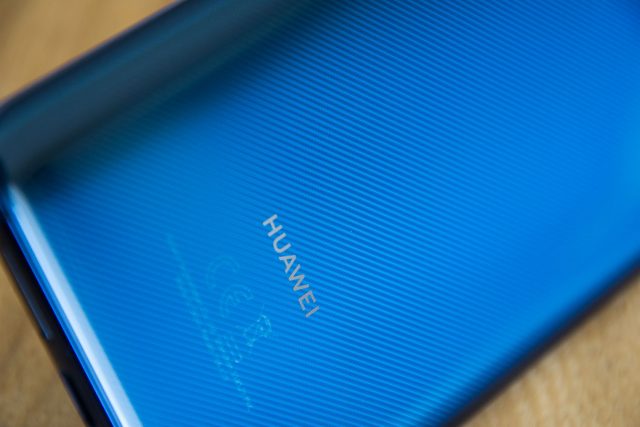
Inside the Mate 20 Pro you’ll find Huawei’s latest and greatest. It features a Kirin 980 based on the 7nm process, 6GB of RAM, 128GB of storage, and a 4,200 mAh battery. It’s as high end as it gets (besides those of you who want more RAM) and brings this device to the top.
The huge curved OLED display is gorgeous, with perfect blacks and bright colors. You can turn the color saturation down, but the vivid mode is stunning and will be the setting of choice for most people. It also gets plenty bright in the sunlight. The resolution is set to dynamic by default to save battery, but you can force it into full WQHD+ if you’d like. The difference in everyday use is absolutely not noticeable, but the hit to battery life is.
The 3D Face Unlock works quite well, generally unlocking the device before you can even swipe up. It’s also pretty lenient with things like headphones, hoods, and hats. In the dark and with a hood it can occasionally fail, but it’s generally a great experience.
If you don’t want to use face unlock, Huawei has also included a fingerprint sensor, and it’s inside the display! This focus on packing features into the device defines the Mate 20 Pro. It’s located about a third of the way up and is reasonably fast, not quite as fast as the rear-mounted sensors we’re used to but plenty fast for daily use. It does have more failures than the average sensor, but pressing down firmly generally helps. It’s a feature still in its infancy and definitely has room for improvement.
A few details to note is the amazing vibe motor, which is sharp as a tack, and Bluetooth connectivity. While signal strength and GPS strength have been nothing short of perfect, Bluetooth has been a continuous issue. I’ve noticed more music stuttering and glitching with this phone than any other in recent history (though most phones are good enough that they blend together). Even in the car, with the phone in a mount and connected to a modern Lexus system that never stutters with other phones, the audio will often break up. Sometimes it can be a few songs, sometimes it’s a few times a minute, and a restart won’t help. I confirmed this across two devices so it’s not a one off hardware defect. Hopefully a future software update will remedy this.
Build quality
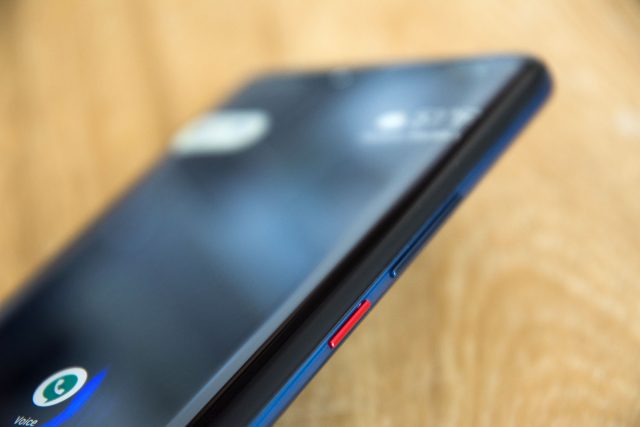
Huawei’s build quality is always fantastic, even on cheaper devices. This is the flagship though, and it’s built like one. Glass front and rear with an aluminum frame feel great, though the aluminum frame could have been upgraded to stainless steel. The curved edges all meld together (although one of the devices I played with had a bit of adhesive sticking out of a bit of the display).
The device is also surprisingly heavy, giving it a premium feel. The textured back is a surprisingly nice touch that sets it aside from most other devices. The super glossy anodizing on the frame is also better than average.
Software
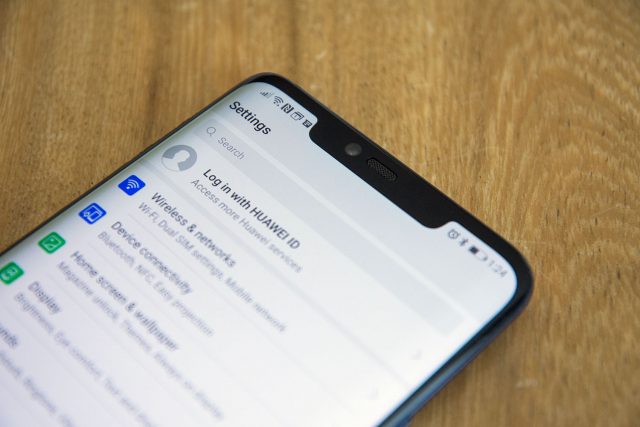
You’re getting the latest and greatest: Android 9.0 Pie. However it’s buried under the newest version of Huawei’s EMUI skin. EMUI 9.0 makes a lot of improvements over the previous version, but there are also some new
major flaws.
The changes from EMUI 8.0 to 9.0 are pretty minor, with refinements in the settings, more features in the camera app, and a better screenshot system. Otherwise it’s the same software many of us already know. It’s heavily skinned but doesn’t stray too far from the functions of stock Android. For the most part, it’s easy to use and functional.
However, some of Huawei’s additions make no sense. This phone introduces a new recent tasks menu, which looks similar to what stock Android has. There are three cards, one in the center and a third of two other cards on the side. This menu is simply broken.
The animation zooming out of your current app ends in the preview of your last viewed app, which makes no sense and looks jarring and awful. But this isn’t so bad. The bad part comes when you switch to a third party launcher, which breaks multitasking for whatever reason. When I run Lawnchair, the recent tasks button often doesn’t center the UI onto the last app, rather focusing on the current app. This causes double tapping the recent tasks button to just return you to the same app you were in. Tapping the 1/3 exposed edges of the two cards around the main one causes you to return to the home screen. And there’s often a blue tint over the whole UI which disappears when you slide the notification shade down or select app. Like I said, utterly broken. It’s such a weird decision considering the AOSP system works just fine. This is fixable in future updates so I have high copes.
Other issues include a lack of major Pie features (no absolute volume, no individual Bluetooth device volume, no advanced Do Not Disturb settings, etc). I wish Huawei included those changes when upgrading to Pie, but it seems these features just never made it as the port of EMUI 8.0 to 9.0 was pretty unchanged. I particularly miss the more advanced DND features and individual Bluetooth device volume. Turning it all the way up in the car causes my Bluetooth earphones to also be full volume and that’s annoying. We moved past this!
Another removal from stock Android is the lack of systemuituner. With Huawei software, you cannot customize your status bar icons. And with such a huge notch, you really need to remove some non-essential icons. Otherwise you only have room for two app notification icons before they disappear behind the notch! You can download an app for that, which will work if you give it permissions via ADB.
The software also turns Google Calendar purple… but only sometimes. Once in a while it’ll suddenly turn purple, but it doesn’t always happen. It’s very odd behavior but this was the case in EMUI 8.0 too.
Now it’s not all bad. EMUI 9.0 offers some great features. Taking a screenshot, the preview shoots to the bottom left corner. You can swipe it left to dismiss, up to share, or down to start scrolling to take an extra long screenshot of the entire page. It’s such a good implementation. Huawei also included “Looking for other settings?” sections in many of the settings menus with links to similar options in case you’re looking in the wrong section. This is incredibly helpful!
You also get a ton of smart assistant features (one handed UI, voice control, knuckle gestures, scheduled restarts) and a theme engine. The software has a lot going for it. It just seems a bit buggy for a flagship device from a company that usually keeps software issues to a minimum.
Performance
With the latest Kirin 980 in-house processor and 6GB of RAM, this phone is extremely fast. Apps open nearly instantaneously even if they were previously closed. There is rarely a stutter or dropped frame in the UI. The whole experience is smooth and snappy.
Performance in games is just as good thanks to GPU Turbo 2, which optimizes the software for maximum gaming performance. Games like PUBG Mobile run smoothly and look fantastic.
Camera

The camera is the star of the show! On the back is a set of three lenses created with the help of legendary camera company Leica. Huawei’s partnerships with Leica have worked wonders on its flagships and the Mate 20 Pro is no different.
The main sensor is a crazy 40MP sensor with a standard focal length. Stock settings will get you 10MP photos, but rest assured all of the data from the 40MP sensor is being used. You can set it to 30MP but you inexplicably lose access to the other two sensors. Confounding, I know.
The photos from this phone are absolutely insane. The level of detail, dynamic range, and versatility are likely second to none. Photos tend to come out a little oversharpened (this is a classic Huawei trait) but they’re just amazing.
The software doesn’t disappoint either. The app is similar to what’s on the P20 Pro with a bunch of modes like Portrait (which is surprisingly great), night mode, pro mode with every etting unlocked, and aperture mode (for that sweet bokeh). It’s fast and easy to navigate.
The main sensor does not have optical image stabilization. Instead, Huawei is relying on its AI image stabilization. It’s all software, but it’s shockingly good. It’s also used for the night mode, which can take up to eight second exposures without a tripod and remain sharp. Of course the night mode won’t be as sharp as a normal shot, but the way it sucks in light in a dark situation is pretty amazing. Even without night mode, the low light is phenomenal.
The Master AI feature can adjust the camera settings for 1,500 different scenarios in 25 different categories. It’s definitely very smart, as it won’t just boost the colors during a sunset; it will boost a different color more depending on what stage the sunset is in. While some may prefer to keep it off to keep a more natural photo appearance, for the most part it really improves the photos you take. It’ll also offer to switch you to wide angle where it deems appropriate, which is a nice reminder that you have that feature.
The wide angle lens is a brilliant addition. Not only does it allow you to get a lot more content into a single photo, it also opens up a lot of artistic options. Wide angle photos look stunning and with minimal distortion (other than the stretching at the extremities). Photos are as sharp as a tack and have great color and dynamic range, much like the main sensor. Of course it isn’t as good as the main sensor in low light but it holds its own. Using the wide angle is great fun. It also provides a macro mode, shooting as close as 2.5cm away. With Master AI on, the device will automatically switch to the wide angle sensor when you get close to a subject. Macros come out great.
The 8MP 3x telephoto camera is a great addition and is definitely useful, but it has its flaws. Despite being the only optically stabilized lens, the results often lack detail and sharpness. This isn’t always the case though, as the photos still often come out good. The transition to the 3x lens is also slow, taking a second or more. The app won’t actually transition to this lens if the subject is too close, but when you point the phone at something far, it will transition to the proper sensor.
A big disappointment is that this device does not support 4K60 video. This should be a requirement by now, but Huawei didn’t get the memo. However,
video is still fantastic. Even in 4K30 video is crisp and pretty. Huawei also nailed the software image stabilization, giving you what is frankly absurd image stabilization straight from the camera. With this phone, there is no need to use Google Photos to stabilize every clip.
Often times I get a strange bug where a few photos lag during the shutter, then the camera app crashes. Afterwards trying to open the app gets me a “Can’t connect to camera” error. This will keep happening until the device is restarted, and the photos taken with lag are not able to be opened. This bug has plagued two devices and is absolutely frustrating. I’ve missed a few good moments due to this bug.
In the end, this may be the best smartphone camera on the market. We all know the Pixel 3 can take some phenomenal photos but with all the added versatility, I’d take a Mate 20 Pro instead.
Battery life
Packing a 4,200 mAh battery, not only does it outdo the previous Mate 10 pro, it has more capacity than most phones on the market. The battery is just massive. However, it does have to power a huge display and three cameras!
However, the battery life is stellar. You can easily squeeze two days out of one charge every time; I often go two days without charging the Mate 20 Pro even with significant use. I once got almost three days out of it with eight hours of screen on time.
One way Huawei manages to squeeze such great battery life out of its devices is with very aggressive app management. On one hand, it increases battery life and performance. On the other, sometimes some apps won’t have notifications. If you pick this phone app, you NEED to go into Settings > Battery > App launch and allow your favorite apps to run in the background. All apps don’t need to be selected, many work just fine, but social networks and chat apps definitely need to be allowed.
In the box is a 40W Supercharger. That’s a crazy high wattage, though max power isn’t exactly an indication of how fast a device charges. Nontheless, you can get 70% of that massive battery charged in only 30 minutes with the included charger.
You also get 15W quick wireless charging on a supported charger. 30 minutes of charging gets you 30%. And if your friend with an iPhone has a dead battery, you can enable reverse wireless charging and charge their phone with your phone. This is a bit of a gimmick but it’s an amazing party trick.
Conclusion
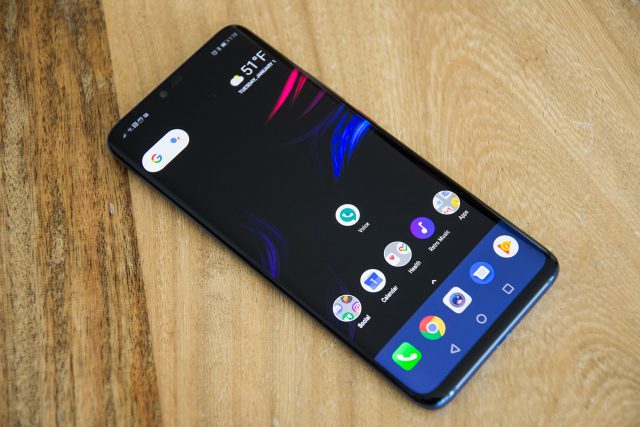
The Huawei Mate 20 Pro is the king of hardware. Nowhere else can you find a powerhouse with such a big battery, two forms of biometric security, three rear facing cameras, and a lot more.
However, the software could use a lot of improvement. EMUI just doesn’t nail usability like stock Android Pie does. The times of stock Android sucking is long gone, so I’d love to see Huawei move even closer to a stock experience with future iterations of its software.
If you buy this phone, you’re getting a flagship in every sense of the word. It’s an amazing device. But if you’re an Android purist, you likely won’t be happy.
Huawei Mate 20 Pro Rating: star_fullstar_fullstar_fullstar_fullstar_0 (4.0 / 5)
The Good
- Ridiculously good camera
- Great AMOLED display
- Amazing battery life
- Textured glass
The Bad
- Annoying software
- Bluetooth issues
- Occasional camera issue
- No headphone jack
The Bottom Line
Huawei nailed the hardware, delivering a high end experience in every aspect. But the software is a downgrade from stock Android and needs some work. Nonetheless, the device is a winner.
Thanks to @peekaystudio for the amazing wallpaper!

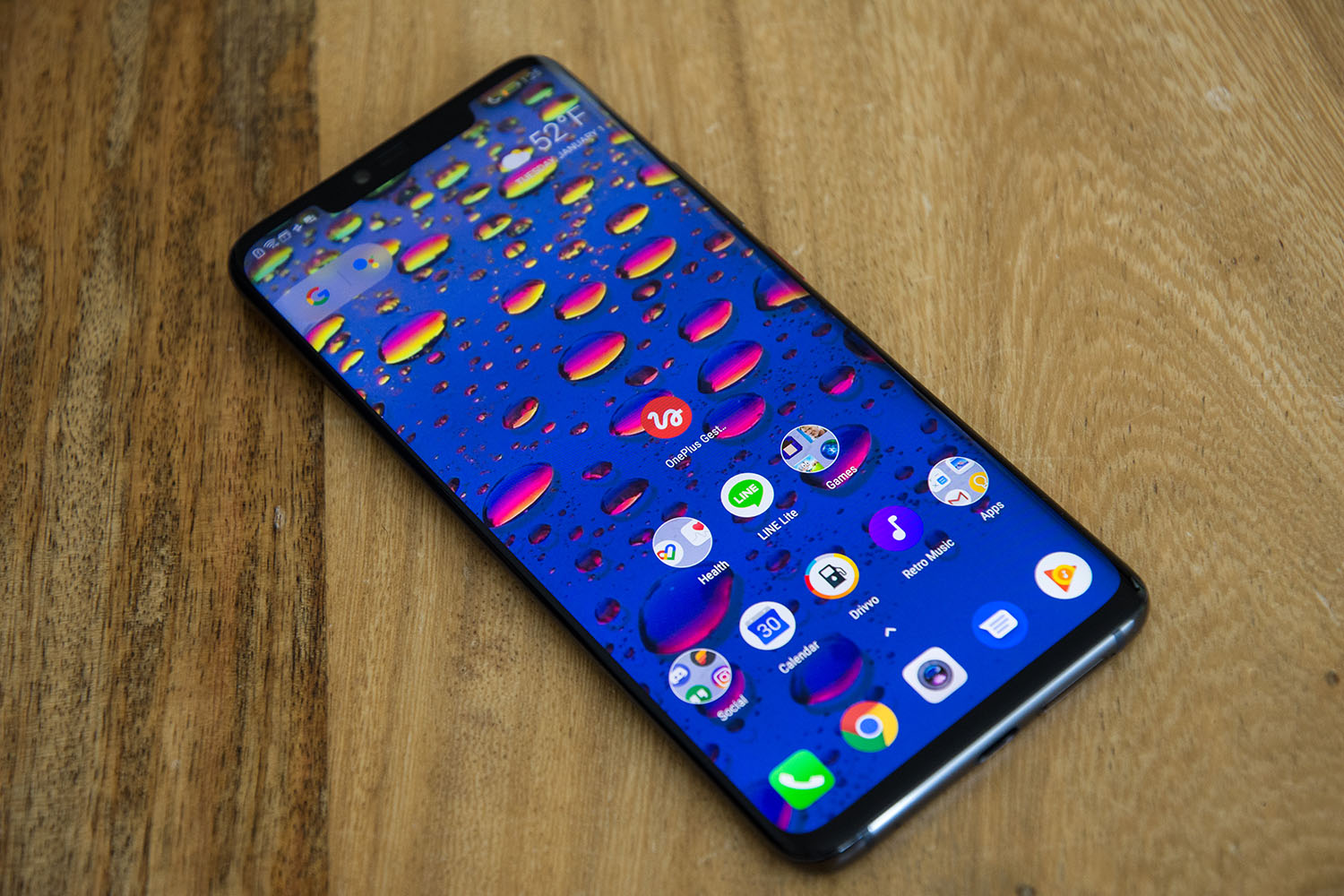
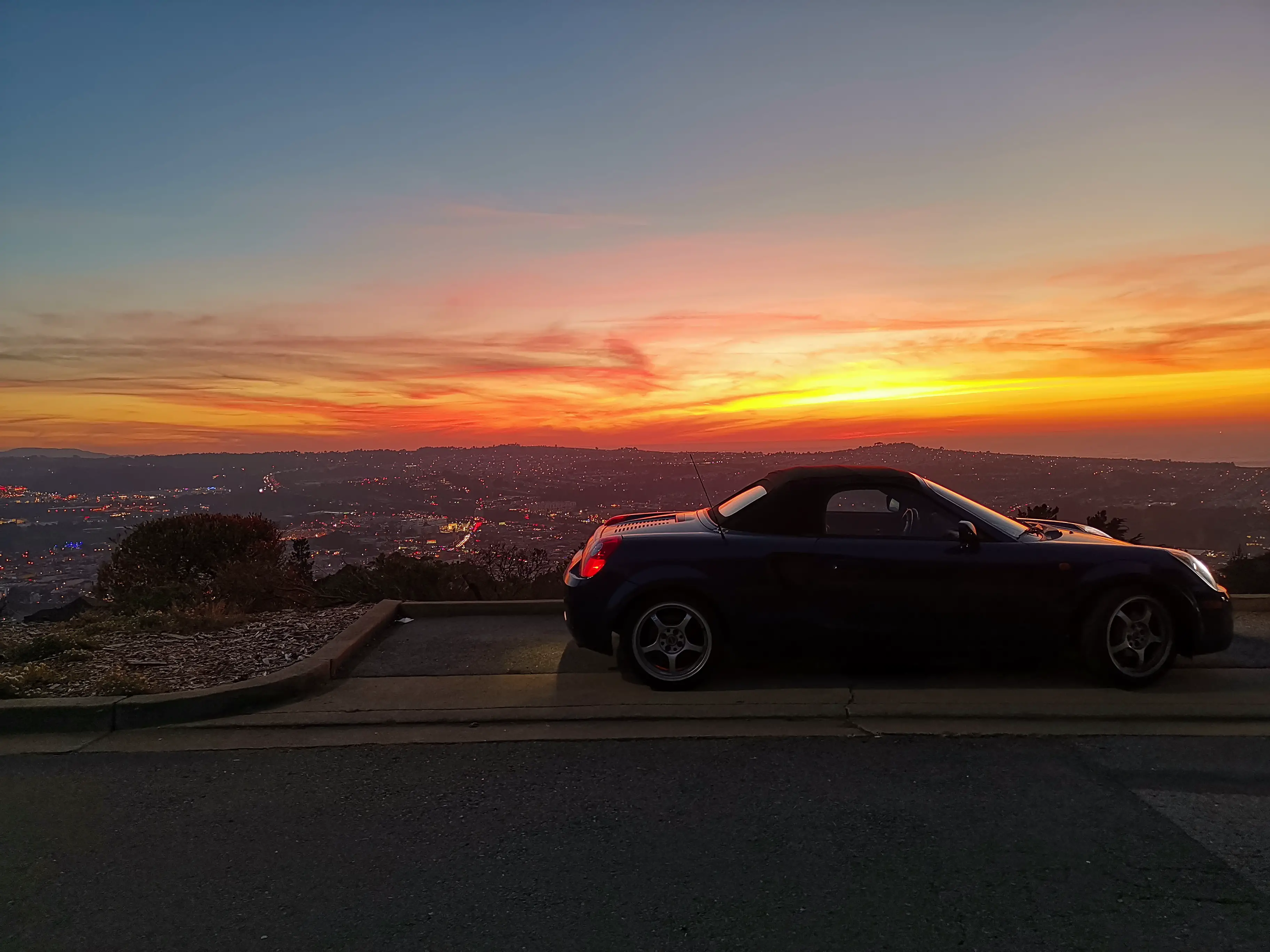
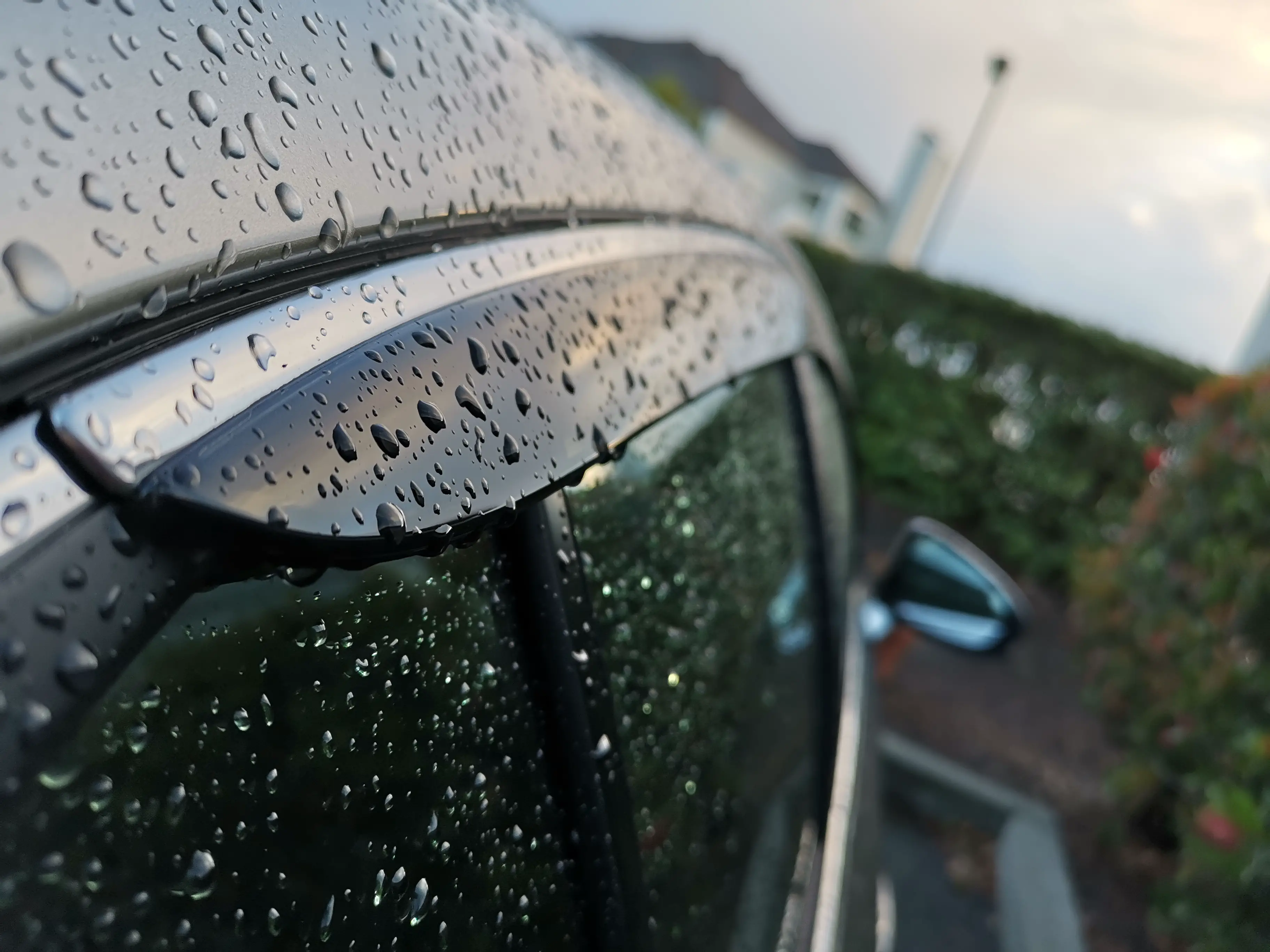

























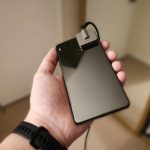










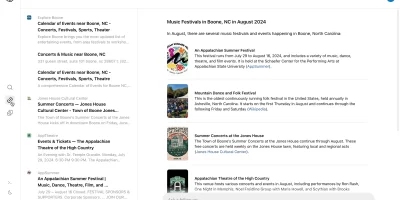
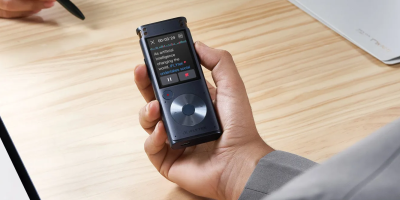
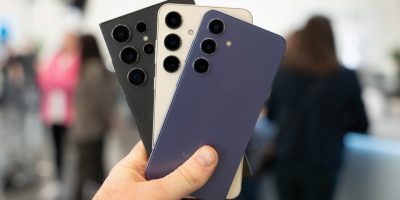

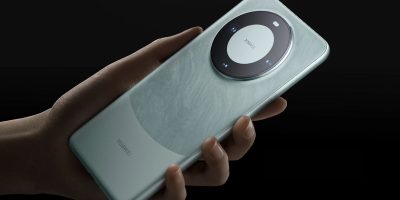




Comments